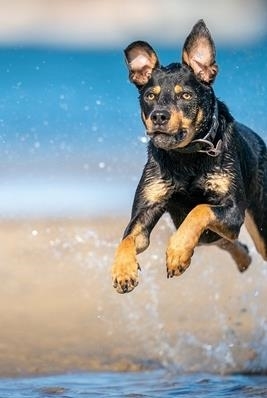What is editorial photography?
Editorial photography aims to tell a story or communicate a concept. Editorial photography is commonly found in magazines, newspapers, and online publications. Unlike commercial photography, editorial photography prioritises storytelling over promoting a brand. Rather than individual hero images, the strength of an editorial piece relies heavily on capturing multiple images, that when carefully assembled, create a greater understanding of the individual, event or activity being recorded. Sometimes captions may be needed to clarify the story being told.
The importance of storytelling
Photographic stories are visual communications from personal experience. To communicate coherently and honestly, the photographer must connect with what is happening. To connect, the photographer should research, carefully observe and ask questions to clarify what is happening. It is important to establish a point of view or have an ‘angle’ for the story. This can be achieved by acknowledging feelings or emotions experienced whilst observing and recording the narrative.

Planning your editorial photoshoot
The most popular subject for the photographic story has always been the ‘human condition’. This is communicated through experience-based discovery. The aim is to select one individual, or group of individuals, and relate their story or life experience to the viewer. The story may relate to the experience of a brief or extended period.
Finding a story, gaining permission to take images and connecting with the individuals once permission has been granted are essential skills required to produce a successful story. Tracking down a story often requires curiosity, perseverance, motivation and patience.
Photographers may feel they have to travel great distances to find an exotic or unusual story. Stories are much closer at hand than most people realise. Interesting stories surround us. Dig beneath the surface of any seemingly bland suburban population and the stories will surface. People’s triumphs, tragedies and traumas are evolving every day, in every walk of life. The interrelationships between people and their environment and their journey between birth and death are never-ending, constantly evolving resource for the editorial photographer. The photographer’s challenge is to find and connect in a non-threatening and sympathetic way to record this. The photographer should strive to leave their personal ‘comfort zone’ to explore, understand and document the other. Photographers should aim to become proactive rather than waiting to become inspired and find out what is happening around them.
Techniques for capturing a compelling story
How many movies have you seen where the opening scene begins with a long and high shot of a town or city and moves steadily closer to isolate a single street or building and then a single individual? This gives the viewer a sense of the place or location that the character inhabits. A story constructed from still images often exploits the same technique. There is a limit to the communication a photographer can achieve by remaining static, recording people from only one vantage point. The photographer moves amongst the people, exploring a variety of distances from the subject. Only in this way will the photographer and the viewer of the story fully appreciate and understand what is happening. The photographer should aim to be a witness or participant at an activity or event rather than a spectator.
The images that create a well-crafted photographic story can usually be divided or grouped into four main categories. Not all stories contain images from all four categories, but many editors expect to see them. The categories are:
- Establishing image.
- Action image.
- Portraits.
- Close-up or detail image.
Establishing image
To place an event, activity or people in context with their environment, it is important to step back and get an overview. If the photographer’s essay is about a small coal-mining community in a valley, the viewer needs to see the valley to get a feeling for the location. This image is often referred to as the establishing image, but this does not necessarily mean that it is taken or appears first in the story. In many stories, it can be very challenging to create an interesting establishing image. An establishing image for a story about an animal refuge needs to be more than just a sign in front of the building declaring this fact. The photographer may instead seek out an urban wasteland with stray dogs and the dog catcher to set the scene or create a particular mood.

Action image
This category refers to a medium-distance image capturing the action and interaction of the people or animals involved in the story. Many of the images the photographer captures may fall into this category, especially if there is a lot happening. It is, however, very easy to get carried away and shoot much more than is required for a story to be effective. Unless the activity is unfolding quickly, and a sequence is required the photographer should look to change the vantage point frequently. Too many images of the same activity from the same vantage point can be visually repetitive.
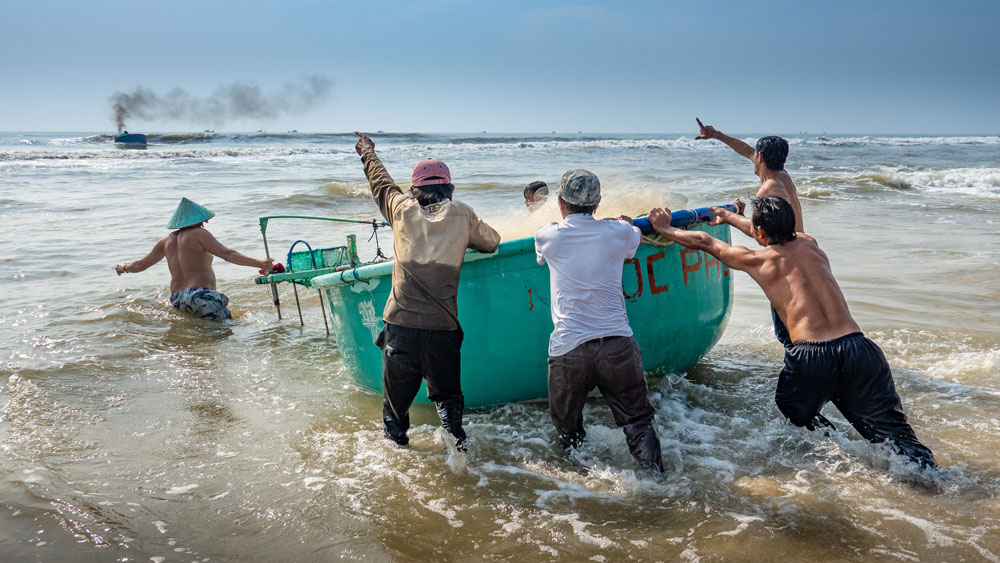
Portraits
Portraits are essential to any story, because people are interested in people, and the viewer will want to identify with the key characters of the story. The portraits and environmental portraits will often be the deciding factor as to the degree of success the story achieves. The viewer will expect the photographer to have connected with the characters in the story and the photographs must illustrate this connection. Portraits may be made utilising a variety of different camera distances. This will ensure visual interest is maintained. Environmental portraits differ from straight head and shoulder portraits in that the character is seen in the location of the story. The interaction between the character and their environment may extend the communication beyond making images of the character and location separately.

Close-up or detail image
The final category requires the photographer to identify significant detail within the overall scene. The detail is enlarged either to draw the viewer’s attention to it or to increase the amount or quality of this information. The detail image may be required to enable the viewer to read an inscription or clarify small detail. The detail image in a story about a craftsperson who works with their hands may be the hands at work, the fine detail of the artifact they have made, or an image of a vital tool required for the process. When the detail image is included with images from the other three categories visual repetition is avoided and the content is clearly communicated.
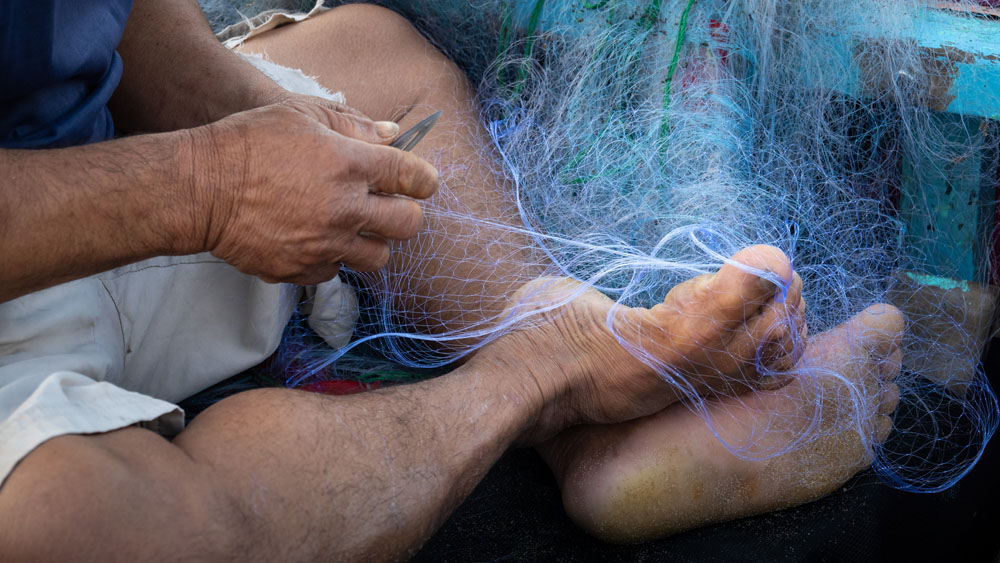.jpg)
Choosing the right camera and lenses
Editorial photography does not require any specialised gear. Still, a variety of different focal lengths are usually needed to capture both the broader scene (the establishing shot) and close-up portraits that reveal the character of the protagonists in the story. My favourite lenses to use for this genre of photography are a 35mm wide-angle lens such as the FE 35mm F1.4 GM or the FE 35mm F1.8 and an 85mm portrait lens such as the FE 85mm F1.4 GM II or the FE 85mm F1.8. The 35mm focal length on a full-frame camera provides a slightly steeper perspective than a standard 50mm focal length lens and has the effect of drawing the viewer into the scene. It is useful for capturing both the establishing image and any environmental portraits. The 85mm focal length, on the other hand, can isolate a subject from the background and is very effective for capturing close-up portraits and detail shots. My preference is to use wide-aperture prime lenses for this genre. Still, the images can just as easily be captured using a standard zoom lens where the focal length ranges from wide-angle to short telephoto, e.g., FE 24-70mm F2.8 GM or one of the lighter and smaller G zooms, e.g., the FE 20-70mm F4 G (an owner of one of the APS-C cameras such as the Sony Alpha 6700 would be well served with the E 16-55mm F2.8 G).
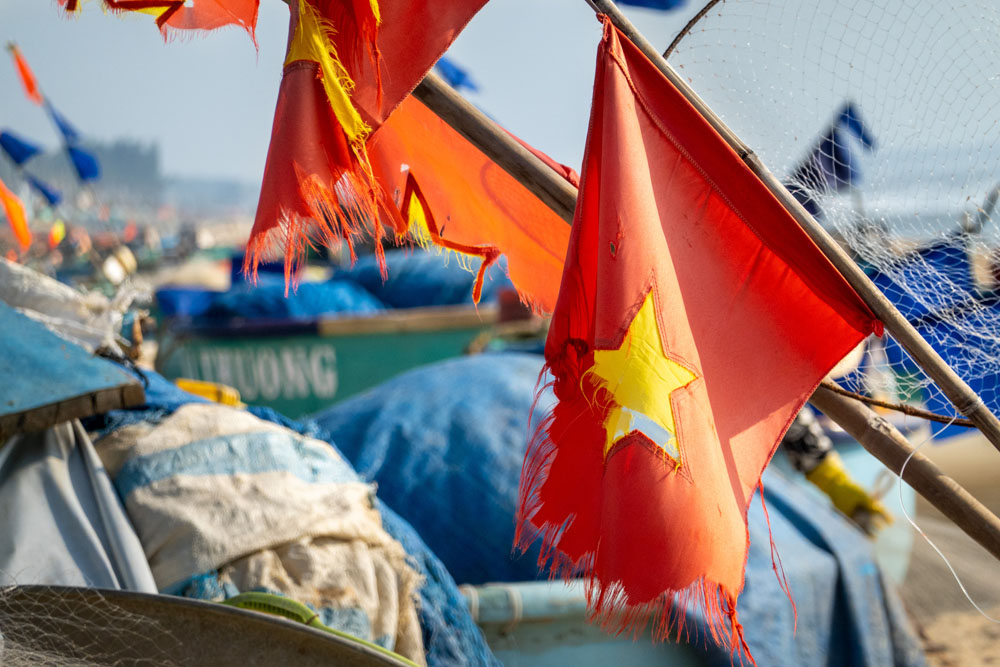
Post-processing considerations for editorial photography
As the images will be seen as a cohesive group that communicates a story, the images should be edited in a similar way using a similar colour or tonal palette. No single image in the story should stand out as being aesthetically different from the rest of the images in the story. Colour or tonal choices when editing the images may help the photographer communicate a particular mood they want to convey, but the photographer should usually avoid ‘over-processing’ the images that can draw the viewer’s attention to the aesthetics rather than focusing on the narrative. Presenting a story as a series of Black & White photos is a popular choice for many photographers who want to create a more dramatic narrative while removing potentially distracting colours. As most editorial photographic stories seek to communicate a believable story, the photographer should avoid adding information that was not present in the original capture. Most photographers, however, feel comfortable highlighting focal points or subduing distractions by localised exposure control (dodging and burning).
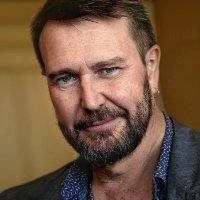
Mark Galer
Mark Galer is a photographer, educator and published author (30 books for Focal Press). He has a commercial background in editorial photography and was also a Digital Imaging Ambassador for Adobe for a period of 14 years. He was a Program Director and Senior Lecturer in Photography at RMIT University in Melbourne and has circumnavigated the globe on a motorcycle.
Mark is using his wealth of experience as both a photographer and educator to support the Sony Alpha Community and was appointed a Sony Digital imaging Ambassador in 2012. He has created a Sony Alpha support channel at Patreon.com/markgaler where you can download an eBook for your camera, camera setup files (CAMSETs) and watch over 30 hours of photographic seminars.
Mark owned the original Alpha 100 and currently uses an extensive range of Sony mirrorless cameras.







